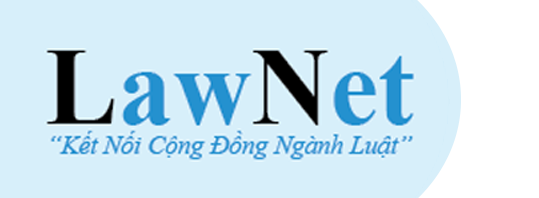What are regulations on antiquity collection of museums in Vietnam?
The museum conducts activities of collecting, documenting materials, exhibits, and intangible cultural heritage in accordance with the provisions set forth in Circular 18/2010/TT-BVHTTDL on the organization and operation of museums, issued by the Ministry of Culture, Sports and Tourism of Vietnam.
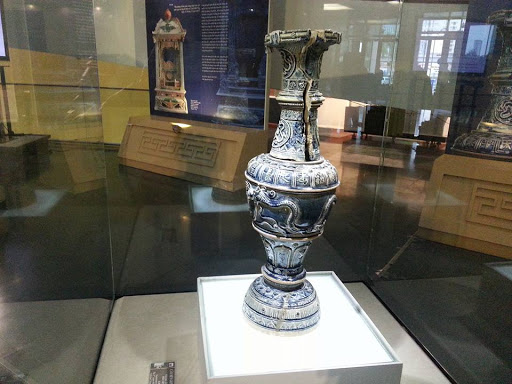
What are regulations on antiquity collection of museums in Vietnam? (Illustrative photo)
According to Article 6 of Circular 18/2010/TT-BVHTTDL, regulations on the collection, documentation of materials, exhibits, and intangible cultural heritage of the museum in Vietnam are as follows:
- The museum is permitted to collect and document materials, exhibits, and intangible cultural heritage domestically and internationally, in line with the museum's scope, audience, and activities.
- The museum organizes the collection and documentation of materials, exhibits, and intangible cultural heritage through the following methods:
- - Field survey for collection and documentation of materials, exhibits, and intangible cultural heritage;
- - Archaeological excavation;
- - Receiving materials and exhibits transferred or donated by organizations and individuals;
- - Purchasing or exchanging materials and exhibits with organizations and individuals.
- Museum materials and exhibits may be transferred, liquidated, or destroyed in the following cases:
- Not suitable for the museum's scope, audience, and activities;
- Damaged beyond repair;
- Identified as harmful to humans and the environment;
- Incorrectly identified in terms of history, culture, or science;
- Not meeting professional ethics standards;- Determined to have illegal origins.
- Based on the advice of the museum's Scientific Council and relevant legal provisions, the Director of a private museum decides on the transfer, liquidation, and destruction of materials and exhibits; the Director of a public museum proposes the head of the directly managing agency or organization to decide on the transfer, liquidation, and destruction of materials and exhibits.
More details can be found in Circular 18/2010/TT-BVHTTDL, which comes into effect in Vietnam from March 01, 2011.
Nguyen Phu
- Number of deputy directors of departments in Vietnam in accordance with Decree 45/2025/ND-CP
- Cases ineligible for pardon in Vietnam in 2025
- Decree 50/2025 amending Decree 151/2017 on the management of public assets in Vietnam
- Circular 07/2025 amending Circular 02/2022 on the Law on Environmental Protection in Vietnam
- Adjustment to the organizational structure of the Ministry of Health of Vietnam: Certain agencies are no longer listed in the organizational structure
- Vietnam aims to welcome 22-23 million international tourists in Vietnam in 2025
-
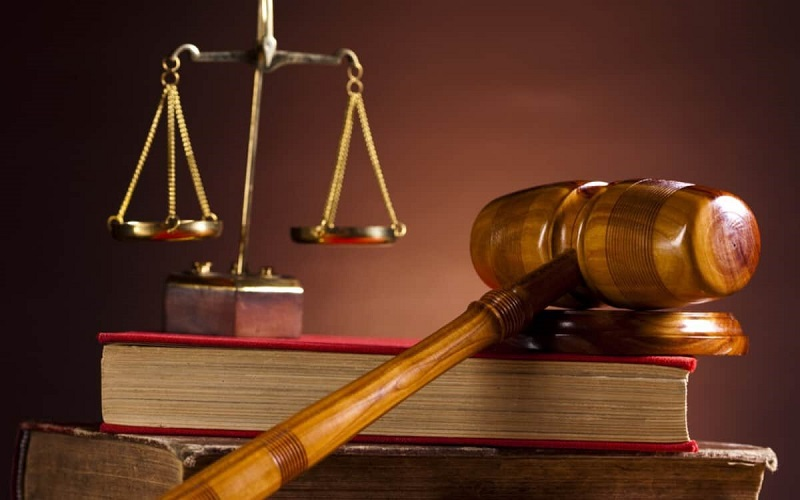
- Number of deputy directors of departments in Vietnam ...
- 15:04, 05/03/2025
-
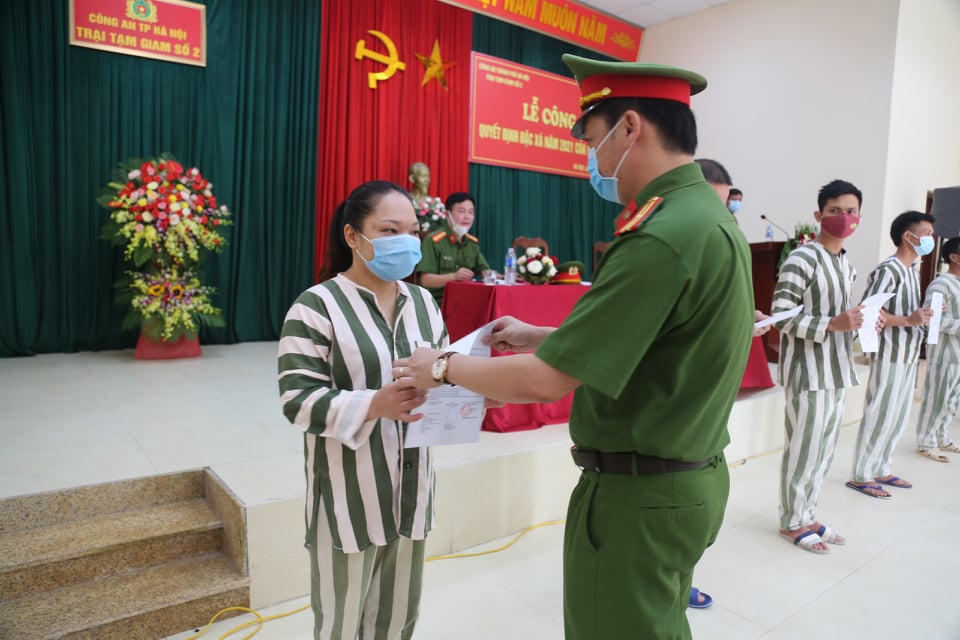
- Cases ineligible for pardon in Vietnam in 2025
- 14:43, 05/03/2025
-
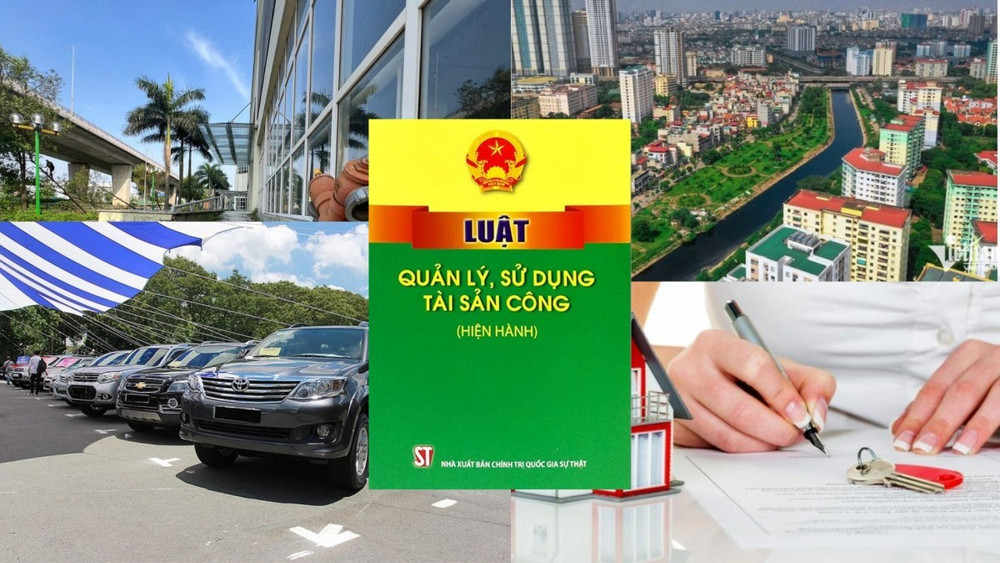
- Decree 50/2025 amending Decree 151/2017 on the ...
- 12:00, 05/03/2025
-

- Circular 07/2025 amending Circular 02/2022 on ...
- 11:30, 05/03/2025
-
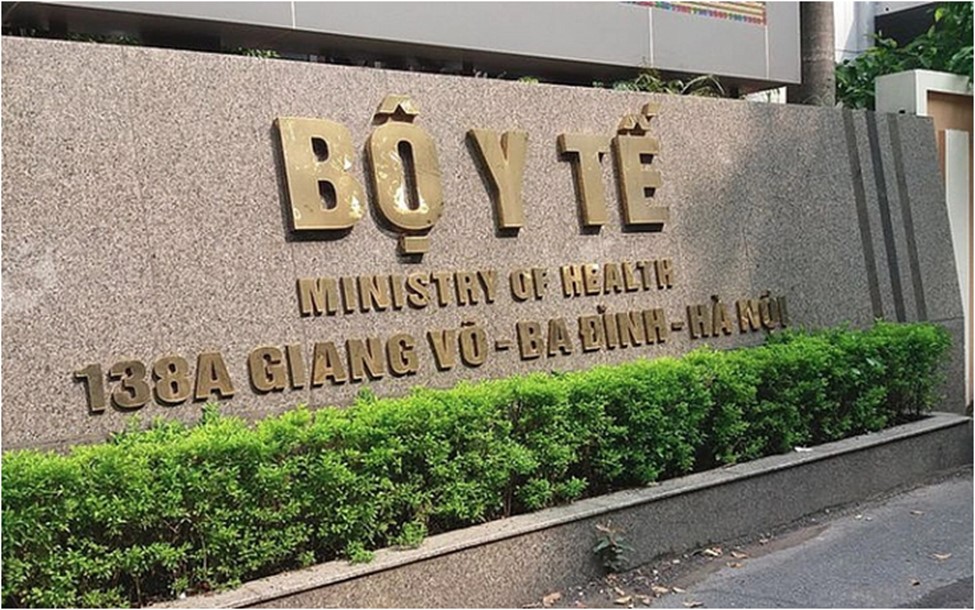
- Adjustment to the organizational structure of ...
- 10:34, 05/03/2025
-

- Notable new policies of Vietnam effective as of ...
- 16:26, 11/04/2025
-
.Medium.png)
- Notable documents of Vietnam in the previous week ...
- 16:21, 11/04/2025
-
.Medium.png)
- Notable documents of Vietnam in the previous week ...
- 16:11, 02/04/2025
-
.Medium.png)
- Notable new policies of Vietnam to be effective ...
- 16:04, 02/04/2025
-
.Medium.png)
- Notable new policies of Vietnam effective from ...
- 14:51, 21/03/2025
 Article table of contents
Article table of contents
